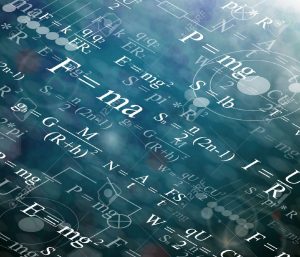Part 3 – Free-will (continued)
Q: I reflected a bit more about the logic I used in my previous email. In one sentence I said: “the person has no free will, because there is no person.” Rephrasing it, the logic goes: There is no person -> therefore, the person has no free will. I looked at it a bit more, and I realized that if the person truly doesn’t exist, then it doesn’t make sense to talk about ANY qualities about something non-existent, not just free will. So I think a more accurate and targeted line of questioning would be: ‘okay so the person is non-existent, but I am very obviously present, aware, and seeing these words right here and right now, so let me investigate the nature of myself.’ So this would lead to some form of self-inquiry. I guess in a way this is the essence of the direct path, to take a stand as awareness, and investigate your beliefs against the data of direct experience (in this case, the belief that I am a separate consciousness).
Nowhere in that line of questioning does free will come up!
I also found these quotations from Rupert Spira and Greg Goode about the topic of free will, maybe you’ll find them interesting:
“The idea that we have the freedom to choose whether or not to become entangled with thoughts and feelings is a concession to the separate self we believe and feel ourself to be. From the separate self’s point of view, it has choice, freedom. If we think we are a separate self, then by definition we feel that we are making choices.
For this reason the teaching says, ‘You have the choice. You have consented to limit yourself. You can choose not to. Choose to disentangle yourself. Make that your first choice in life, to disentangle yourself from the body and the mind and to know yourself as you truly are.’“
– Rupert Spira [https://rupertspira.com/non-duality/blog/philosophy/the_disentanglement_of_the_self]
Continue reading



